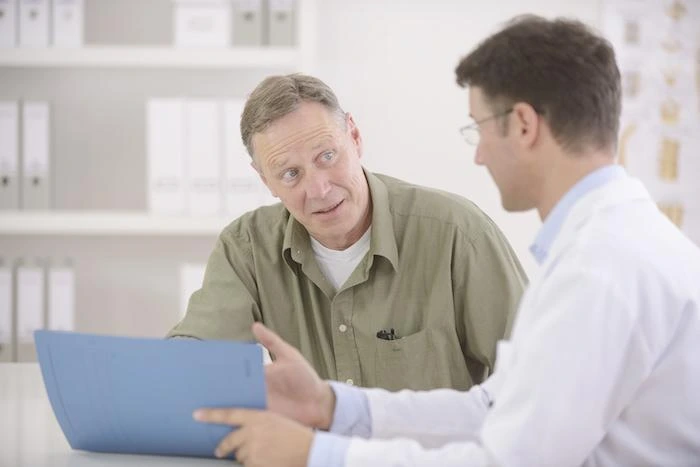You’re tired of ineffective treatments for your chronic pain, or you’re understandably wary of a lifetime of taking painkillers. An intrathecal pump may be your best solution moving forward, but you want to know more about the mechanics of such a therapy.
The goal here at Bux Pain Management is to partner with our patients in their care, and heading the list of our priorities is ensuring that you fully understand your treatment options. To that end, Dr. Anjum Bux and our team outline a few points you should consider when it comes to keeping up with intrathecal pump therapy.
How intrathecal pump therapy works
In order to fully evaluate whether an intrathecal pump is right for your lifestyle and pain relief, it’s important to review the basics.
With this type of therapy, pump implantation involves surgically placing a catheter into the intrathecal space of your spinal cord. The catheter connects to a pump, implanted under your skin, that contains and delivers the pain medication. We place this pump underneath your skin, typically in your abdominal area where we can easily access it for refills.
This type of pain-management therapy is highly effective in combating chronic pain for several reasons — starting with the fact that it delivers medication directly into your spinal fluid, allowing for fast and targeted relief within your central nervous system.
Since we’re going right to the main passageway of your nervous system and bypassing your gastrointestinal tract, you only need about 1/300th the amount of oral medications you’d normally take.
Lastly, the pump delivers prefilled and programmed doses, taking any guesswork out of your pain relief treatment.
Coming back in for refills and pump replacement
The pump we implant in your abdomen typically holds about 8–12 weeks’ worth of medication. If you continue treatment, you’ll come in on a regular schedule, where our team refills the pump and may perform dose adjustments if needed. To fill the pump, we insert a needle through your skin and fill the reservoir.
The pump itself is battery-powered, and we can reprogram it at any time to adjust your medications.
In most cases, intrathecal pump batteries last 5-10 years. Rest assured, we’re able to track the life of the battery so we can replace the pump when it comes time.
When we replace the unit, we do so using the same techniques we used to install your intrathecal pump the first time around.
How long do you keep your intrathecal pump?
The answer to this question is difficult to evaluate here. Should all go well and you experience meaningful pain relief, you may use intrathecal pump therapy long into the future, replacing the units whenever the battery wears out.
If you’re not satisfied with intrathecal pump therapy — whether due to limited pain relief or unwanted side effects — and you want to explore a different pain management option, we can simply remove the pump and catheter during a quick outpatient procedure.
If you have more questions about using an intrathecal pump, please don’t hesitate to contact one of our locations in Lexington, Cynthiana, or Danville, Kentucky,







